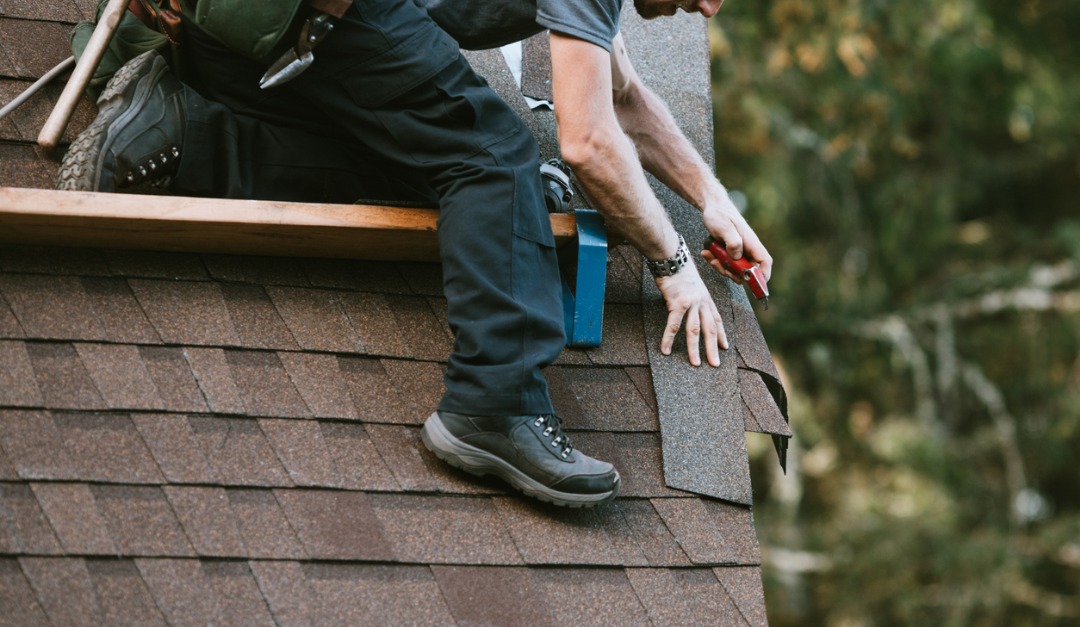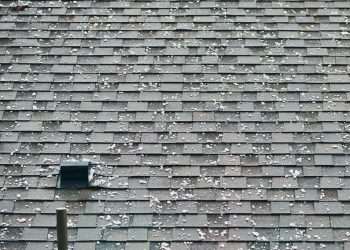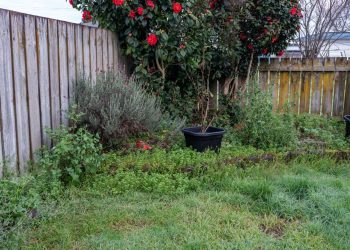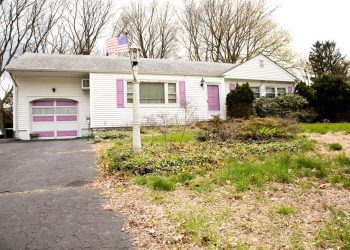Your roof plays a major role in keeping your home structurally sound and protecting your family from the elements. That’s why it’s essential to regularly inspect the roof, at least two times a year, to ensure it’s in good shape. To help you get started, the insurance experts at Geico teamed up with contractor Beth Allen to offer the following signs it’s time to fix your roof:
1. Interior Damage.
Check the upper floors of your house, particularly the attic: They may reveal signs of interior damage, such as rotting, stained or moldy wood, or damp spots from inside leaks.
2. Bad and Missing Shingles.
Shingles should be flush with the roof. If they’re curled, cracked or otherwise damaged, it’s an indication that your roof’s integrity is compromised and will need repairing. If shingles or tiles are missing, replace them immediately to prevent further damage. During the biannual cleaning of your gutters, keep an eye out for shingle granules—they could be the result of deterioration and a sign that it’s time to install new shingles. Also, watch for ice dams, which can form when ice builds up in the gutters; left alone, they can displace shingles and plywood. Help prevent them by properly insulating your attic.
3. Loose Material.
Chimneys, vents and skylights are common areas where seepage can occur. Make sure there are no cracks or breaks and that the flashing around them is sealed. Older homes use roof cement for flashing; modern metal systems are more durable, so you might consider reflashing the roof as a preventive measure.
4. Moss Buildup.
Dark streaks are an indication that algae may be adhering to your roof. Wash it off with water and bleach followed by a low-pressure rinse from your garden hose. (High pressure will remove shingle grit, so be as gentle as possible.) If the buildup becomes excessive—or if you notice moss, mold or fungi—it could be a sign of trapped moisture, which could cause the roof to cave in. Remove moss with a stiff brush, but call a roofer to make sure there aren’t more underlying issues.
5. Ponding.
This is what roofers call the small pools of water that can form and accumulate after heavy rainfalls, particularly on flat roofs. They might be a sign of more serious trouble. Because repeated, untreated instances inevitably lead to rot, call a roofer immediately.
6. Sagging.
This is a common occurrence on older roofs (particularly ones that were built with rafters instead of trusses) and is often visible at the lower end of a steeped roof, as well as from inside the attic. Roofs tend to sag over time, so this might not be immediately noticeable. Keep an eye out for sagging or buckling during your spot checks. If you neglect a sagging roof for too long, it could lead to caving—a sign of internal rot caused by moisture that’s been trapped inside. This is almost certain to require a complete roof replacement. In snow-prone areas, address sagging before the start of winter.
If performing a roof inspection yourself safely would be difficult, or if you simply want to avoid climbing a ladder, consider hiring a roofing professional.











